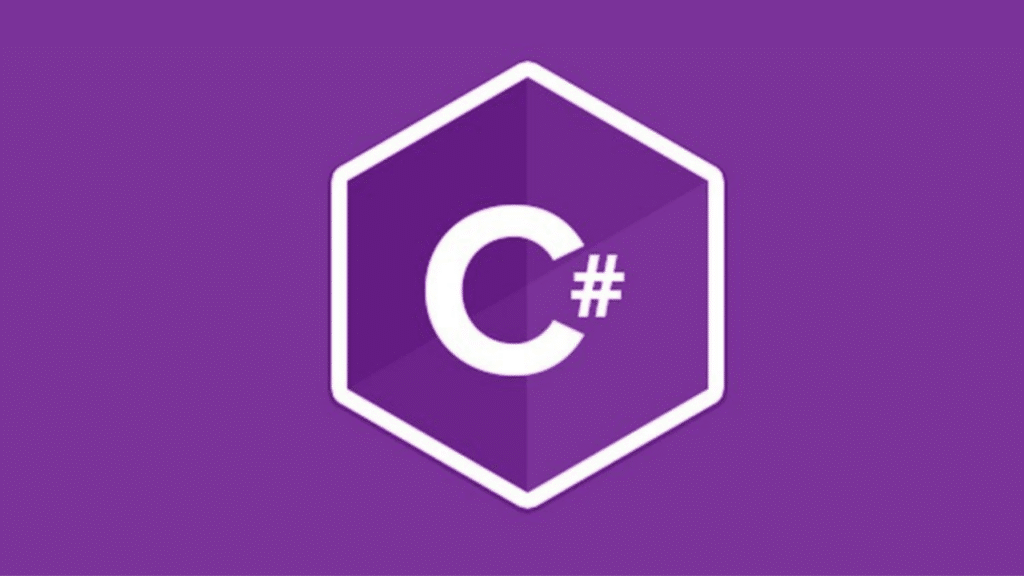Introduction
C# is a powerful programming language that offers a wide range of features to developers. One of the key concepts in C# programming is the use of arrays and collections. Arrays and collections allow developers to store and manipulate multiple values efficiently. In this article, we will explore the fundamentals of arrays and collections in C# and how they can be used to enhance the functionality of your programs.
Arrays
What is an Array?
An array is a data structure that allows you to store multiple values of the same type. It provides a convenient way to access and manipulate these values using an index. In C#, arrays are zero-based, meaning the first element is accessed using an index of 0.
Declaring and Initializing an Array
To declare an array in C#, you need to specify the type of elements it will store, followed by the name of the array and square brackets. Here’s an example of declaring an array of integers:
“`csharp
int[] numbers;
“`
To initialize the array with values, you can use the following syntax:
“`csharp
int[] numbers = { 1, 2, 3, 4, 5 };
“`
Accessing Array Elements
You can access individual elements of an array using their index. The index is enclosed in square brackets and placed after the array name. For example, to access the first element of the array “numbers” declared above, you would use the following syntax:
“`csharp
int firstNumber = numbers[0];
“`
Modifying Array Elements
Arrays in C# are mutable, which means you can modify their elements. To change the value of an element, you can assign a new value using the index. For example, to change the second element of the “numbers” array to 10, you would use the following code:
“`csharp
numbers[1] = 10;
“`
Collections
What are Collections?
Collections in C# are classes that provide a more flexible way to store and manipulate groups of values. Unlike arrays, collections can grow or shrink dynamically, making them suitable for scenarios where the number of elements may change.
Types of Collections
C# offers several built-in collection classes, each with its own unique features and use cases. Some commonly used collection classes include:
– List: A generic list that can store elements of any type.
– Dictionary: A collection of key-value pairs, where each key is unique.
– Queue: A first-in, first-out (FIFO) collection.
– Stack: A last-in, first-out (LIFO) collection.
Working with Collections
To use a collection in your C# program, you need to import the appropriate namespace and create an instance of the collection class. Here’s an example of using the List class:
“`csharp
using System.Collections.Generic;
List numbers = new List();
“`
Once you have created an instance of the collection, you can add, remove, and access elements using the methods and properties provided by the collection class.
Conclusion
Arrays and collections are essential concepts in C# programming. They provide a convenient way to store and manipulate multiple values, allowing you to build more powerful and flexible applications. By understanding how to work with arrays and collections, you can take your C# programming skills to the next level.
